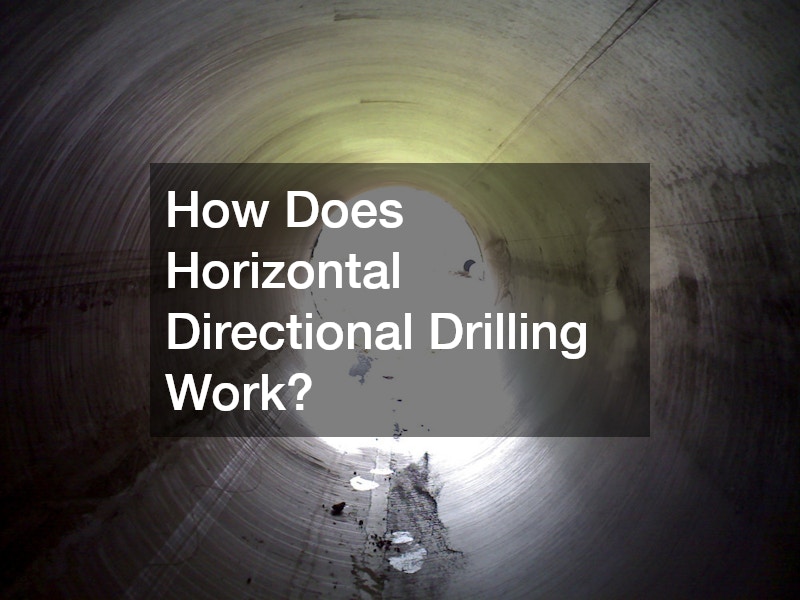Horizontal directional drilling (HDD) is a trenchless method used to install underground pipelines, cables, and utilities without the need for extensive excavation. This modern technique minimizes disruption to the environment and is particularly useful for projects that need to cross obstacles like rivers, roads, or buildings. HDD is an efficient and less invasive way to complete underground installations.
The process of horizontal directional drilling starts with a pilot hole. A drilling rig is used to bore a small, guided hole along the predetermined path. Once the pilot hole is complete, the next step involves enlarging the hole with a reamer to create enough space for the pipe or cable. The pipeline is then pulled through the expanded hole to its final position. HDD is ideal for both short and long distances, and it can handle different types of soil and terrain.
One of the major advantages of horizontal directional drilling is that it significantly reduces the environmental impact compared to traditional trenching methods. This technique requires less surface disturbance and is often faster, which lowers project costs. It’s a preferred method for urban areas where avoiding major surface disruptions is important. With its precision and efficiency, HDD has become a reliable solution for many industries, from utilities to telecommunications.
.


